|
A short walk around Lake Accotink in northern Virginia was quite enjoyable, with many gray squirrels out and about getting ready for winter.
1 Comment
I usually wait until Spring to end my blog's winter hibernation, but this Coopers hawk was hanging around for a few days and didn't seem to mind people very much. So it got its picture taken and here it is!
Eastern chipmunks are cute little buggers often seen speeding across trails with their tail held straight up. And oddly, for an animal that eats like this with its front feet, it only has four toes on the front feet but five on the rear feet.
The ovenbird is a warbler that looks a whole lot like a thrush. You have to keep a sharp eye out to see them, but they have a loud unmistakable call of "teacher teacher teacher".
This is a fairly average photo of an American robin, but when I looked at it pretty much every field mark on the bird was visible (except for the bits at the outer tips of the tail) so it makes a nice ID photo. Not that there are hordes of folks that can't ID a robin, but...
Darkling beetles are mostly medium to large, common black beetles. But with an estimated 20,000 species worldwide they really don't all look quite alike. And with +/- 225 species known from east of the Mississippi River in the US I am not going to try and guess which one this is exactly. These beetles are flightless, having their Elytra (the hard wing caps) fused together so are most commonly seen on the ground or on the trunks of trees. But more likely one would be somewhat more familiar with the larval stage, commonly known as a mealworm, as these can be bought as bait for fishing or to feed pet lizards and such. I am also continually amazed at the resolving power of today's digital cameras. This photo was taken with a Canon 80D using a Canon 60mm macro lens from a few inches away. But for this blog I reduce the size of the photos or the page size becomes much too large with a bunch of 5Mb images on it.
But when viewed at full resolution I found that I could pretty much count the individual facets on the compound eye of this beetle. Now that's some serious resolution given that could pretty much only be done with a stereoscope until fairly recently but is now possible with just a standard macro photograph. I have been putting up a lot of cute animals and suchlike and wanted to get back to something this blog does a fair amount of. Creepy things. Stuff that comes out at night. The non-cute but totally cool.
While I will get much deeper into the night stuff in a couple weeks when I start blogging from Costa Rica, for now here is a shot of an assassin bug nymph I took this evening. It is still early here in northern Virginia for a lot of insect activity at night but things are starting. Nice little birds that can't eat enough of the omnipresent gnats in northern Virginia.
Canada geese breed very early in the year and the little fluffball goslings are already out and about. So cute.
I took a Canon 80D camera out for a first run today at Lake Fairfax. Really wasn't out early enough for the warblers and suchlike, but I saw some good birds and on the way out stopped at the lake itself to see what was happening. Well, right by the boardwalk I spotted this green heron that was working on swallowing a pretty darn big green sunfish. Don't worry, it got it down just fine.
|
AuthorKeith Christenson - Wildlife Biologist Categories
All
Author
Keith Christenson Wildlife Biologist Archives
September 2021
|
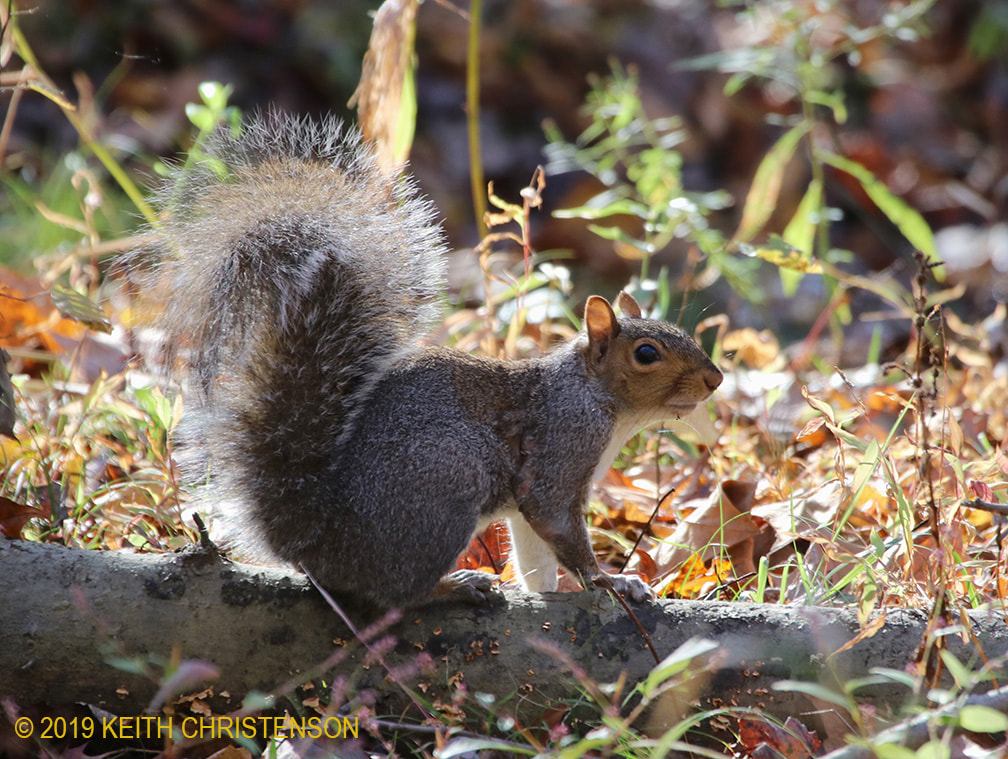




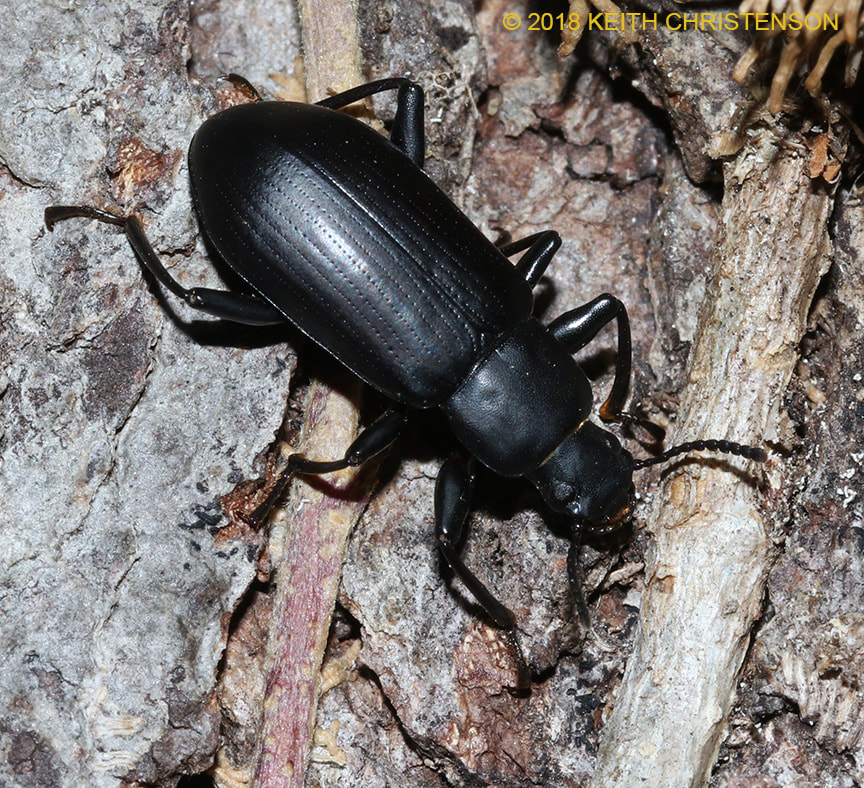
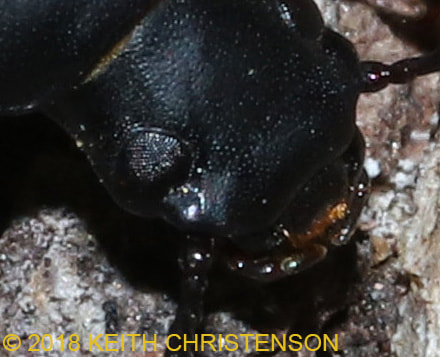
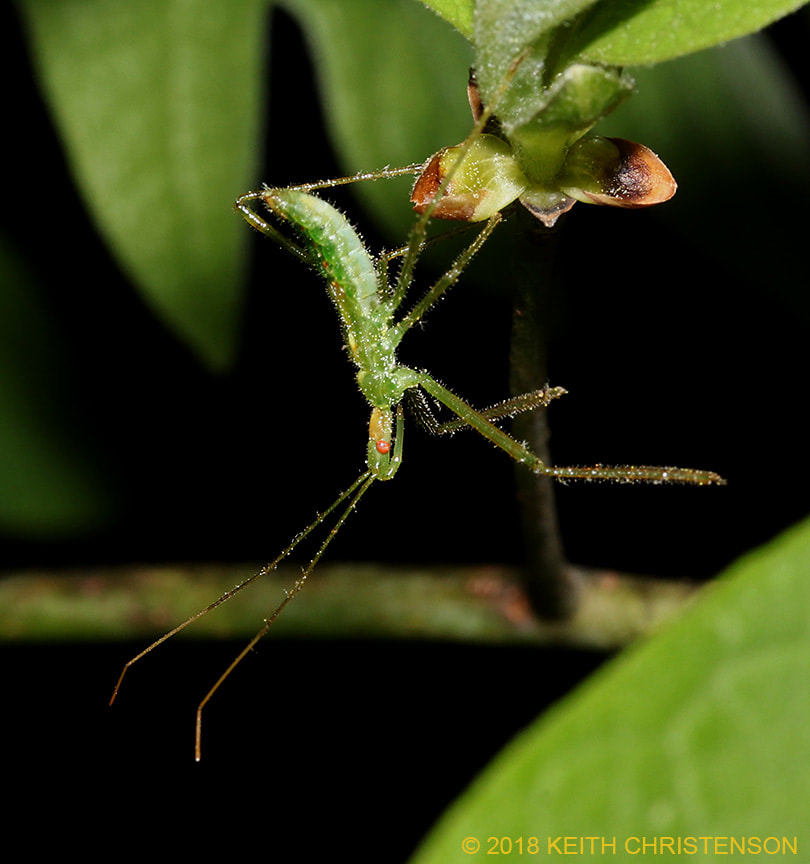
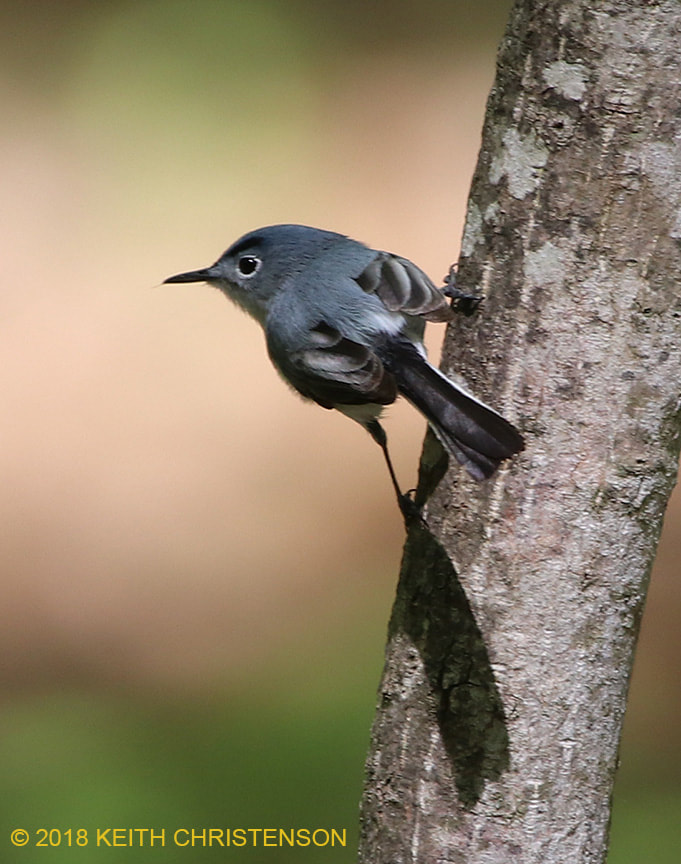
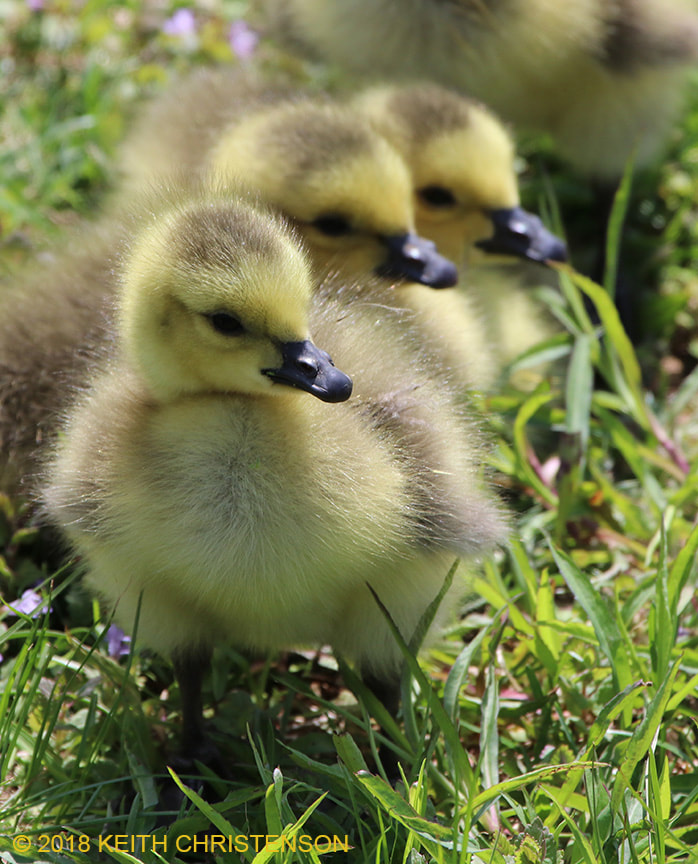
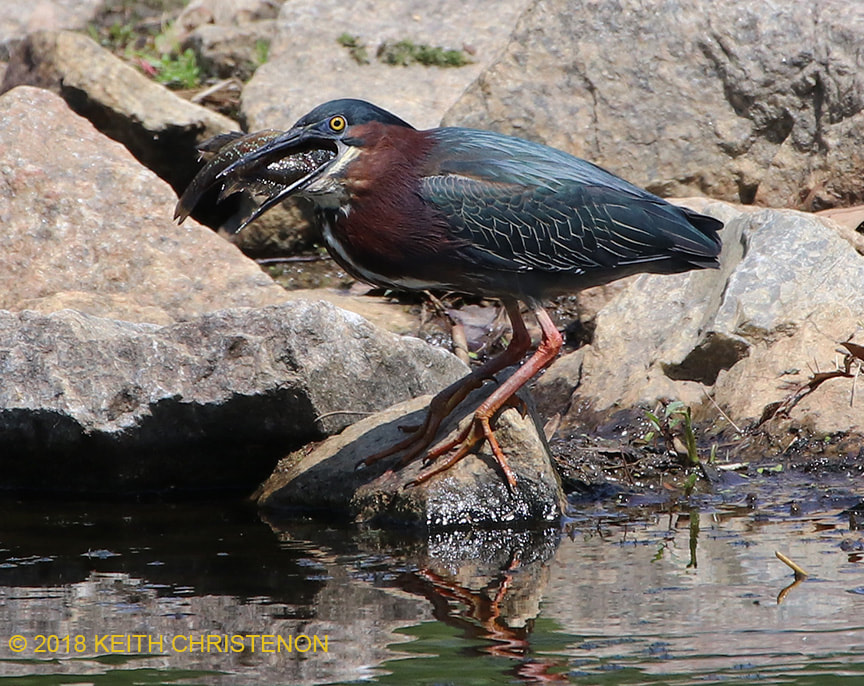
 RSS Feed
RSS Feed